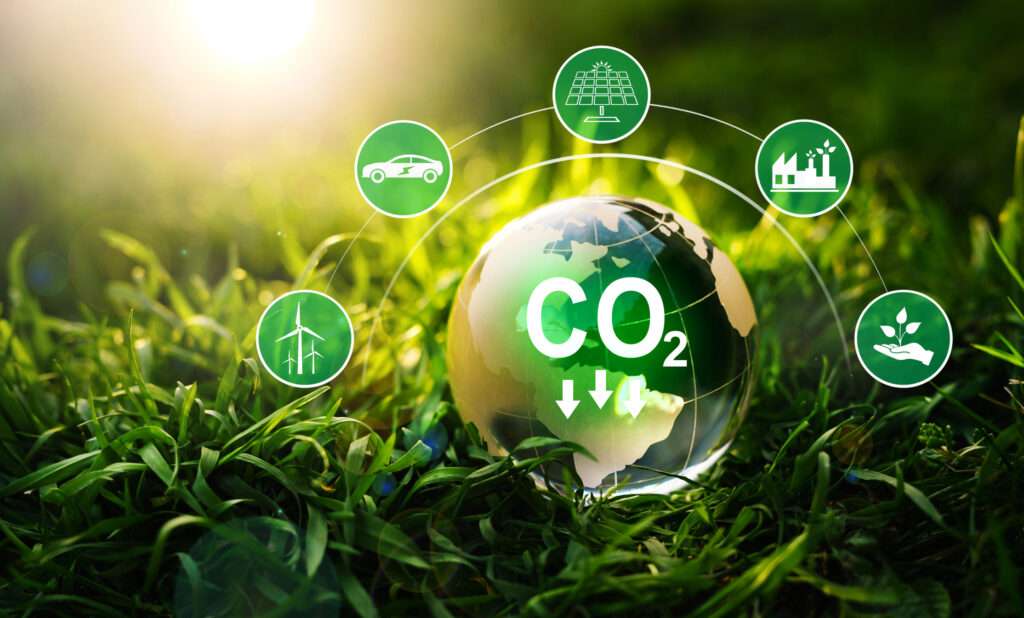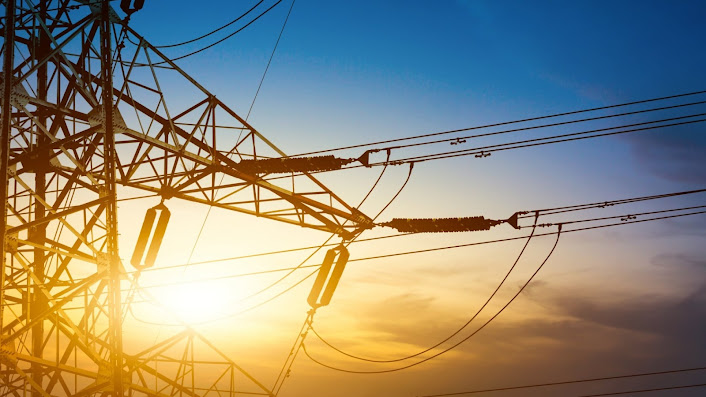The world has crossed a historic energy milestone, with clean power sources supplying more than 40% of global electricity demand in 2024—the highest share since the 1940s.
The latest report from energy thinktank Ember attributes this achievement to the unprecedented expansion of solar power, which has doubled its capacity in the last three years.
According to Ember’s managing director, Phil MacDonald, the rise of solar energy is fundamentally altering global power systems.
“Solar power has become the engine of the global energy transition. Paired with battery storage, solar is set to be an unstoppable force.
“As the fastest-growing and largest source of new electricity, it is critical in meeting the world’s ever-increasing demand for electricity.”
Phil MacDonald, Ember’s Managing Director
Despite its rapid expansion, solar still represents a small portion of the global energy mix, accounting for 7% of total electricity production last year. Wind power, another key player in the clean energy sector, contributed just over 8%.
For the last 20 consecutive years, solar farms have been the world’s fastest-growing energy source, significantly shaping the global clean energy transition.
While solar and wind continue to accelerate, hydropower remains the world’s largest renewable energy source, contributing 14% of global electricity production in 2024.

Unlike solar and wind, which have seen exponential growth, hydropower’s capacity has remained relatively steady in recent years.
Historically, hydropower was the dominant force in clean energy, playing a major role in the 1940s, when global electricity consumption was 50 times smaller than it is today.
The Ember report predicts that clean energy sources, including nuclear and bioenergy, will grow faster than global electricity demand in the coming years, pushing fossil fuels out of the global power system.
This shift is expected to accelerate efforts to reduce carbon emissions and stabilize global energy supply.
Ember had initially forecasted that 2023 would mark the peak of electricity sector emissions, following a plateau during the first half of the year.
However, record-breaking heatwaves in multiple countries triggered an unexpected surge in electricity demand for air conditioning and refrigeration, causing fuel-based electricity consumption to increase by 1.4% in 2023.
Clean Energy Reach Record High

The report, covering 93% of the global electricity market across 88 countries, found that electricity sector emissions rose by 1.6% last year, reaching an all-time high.
While heatwaves were a key driver of increased electricity consumption in 2023, Ember anticipates a different trend for 2025. MacDonald explained that emerging technologies would likely reshape demand patterns.
“Heatwaves are unlikely to ignite a similar demand surge in the year ahead—but the increasing use of electricity to power artificial intelligence, datacentres, electric vehicles, and heat pumps is expected to play a bigger role in the world’s appetite for electricity.”
Phil MacDonald, Ember’s Managing Director
The rising demand for electricity to support artificial intelligence (AI), electric vehicles (EVs), and datacenters is becoming a critical factor in global energy consumption.
These technologies contributed a 0.7% increase in global electricity demand in 2024—double their contribution five years ago. As AI applications expand, cloud computing and data processing requirements are expected to drive further electricity demand.

MacDonald expressed confidence in renewables’ ability to meet growing electricity needs.
“The world is watching how technologies like AI and EVs will drive electricity demand.
“It’s clear that booming solar and wind are comfortably set to deliver, and those expecting fossil fuel generation to keep rising will be disappointed.”
Phil MacDonald, Ember’s Managing Director
With solar and wind energy scaling rapidly, experts predict that clean power expansion will outpace global electricity demand growth in the years ahead. This will reduce reliance on fossil fuels, enabling a more sustainable energy future.
The increasing adoption of battery storage, paired with solar growth, will strengthen grid resilience, while advancements in hydrogen and energy efficiency solutions will further support decarbonization efforts.
The shift towards clean energy dominance represents a pivotal moment in global electricity markets. While fossil fuels still hold a substantial share, solar and wind’s continued growth signals that the clean power transition is well underway.
With technological advancements and policy support driving renewable energy adoption, the global electricity sector is poised for profound change, setting the stage for a more sustainable, low-carbon future.
READ ALSO: Trump Threatens China With Additional 50% Tariffs



















